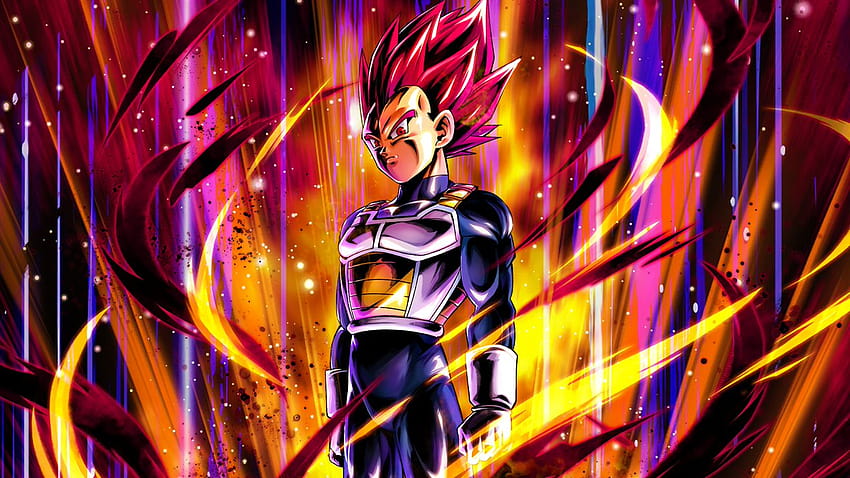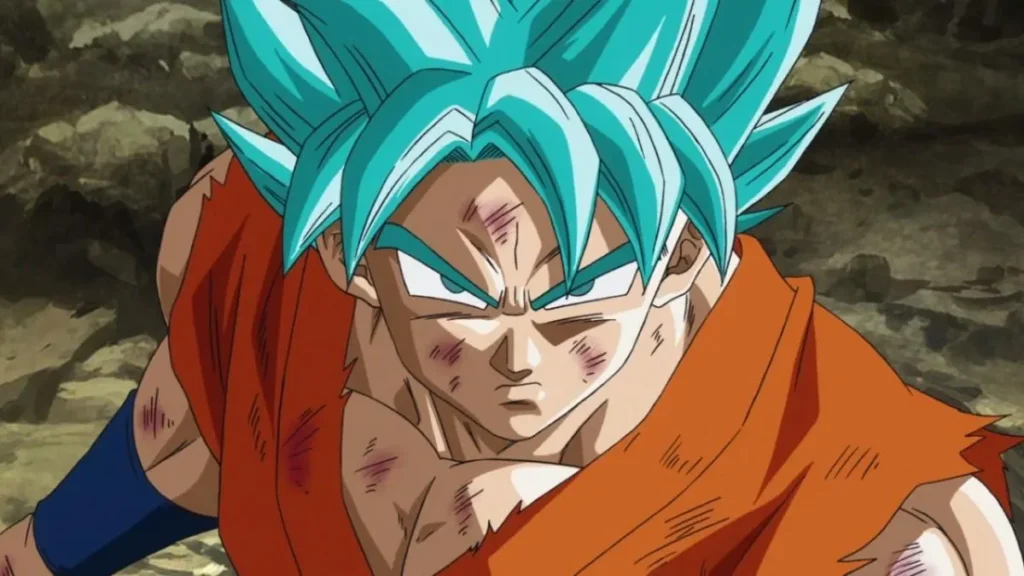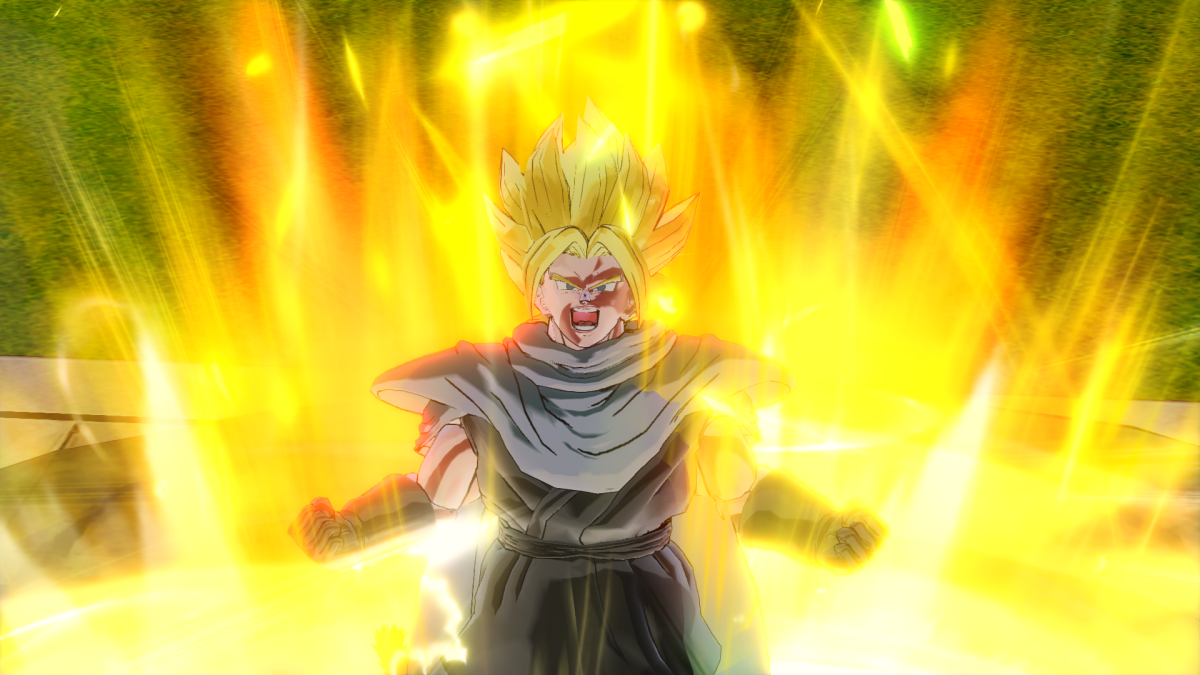When we think of the “Dragon Ball” series, one of the most iconic elements that come to mind is the Super Saiyan transformation. First introduced in Dragon Ball Z, the concept of Super Saiyan has expanded significantly throughout the franchise, evolving into various forms that dramatically increase the power of the Saiyan warriors. These transformations have become a core aspect of the series, providing a sense of progression and anticipation for fans. Let’s take a journey through the super saiyan levels and explore what each transformation represents in terms of power, appearance, and significance.
Super Saiyan (SSJ1)
The original Super Saiyan transformation, or SSJ1, made its legendary debut during the battle between Goku and Frieza on Planet Namek. At that moment, Goku taps into an ancient Saiyan ability, one that was said to appear only once every thousand years. Triggered by the emotional turmoil of losing his friend Krillin, Goku’s power increases exponentially as he attains Super Saiyan form.
In this state, Goku’s hair turns golden, his eyes become teal, and his power surges to an unprecedented level. Super Saiyan not only enhances strength and speed but also heightens the user’s senses, enabling them to fight with extreme precision and efficiency. At the time of its introduction, SSJ1 represented the pinnacle of Saiyan power. However, as the series progressed, this form became the base of a much more expansive power system.

Super Saiyan 2 (SSJ2)
Following the discovery of SSJ1, Gohan, Goku’s son, becomes the first to push beyond this barrier and unlock Super Saiyan 2. This transformation occurs during the climactic battle against Cell in the Cell Saga, where Gohan, fueled by rage and desperation, ascends to a higher plane of power.
Super Saiyan 2 differs from its predecessor in both appearance and power. The golden hair becomes spikier, the aura crackles with electricity, and the transformation comes with a noticeable increase in muscle mass and energy output. In this form, Gohan becomes a nearly unstoppable force, overpowering Cell in what is widely considered one of the most memorable moments in the Dragon Ball franchise.
However, SSJ2 is more than just an aesthetic upgrade. The transformation dramatically improves speed, strength, and reflexes, making it a critical tool in the Saiyan arsenal. Despite being an advanced version of SSJ1, SSJ2 isn’t a guaranteed win, as it also places significant strain on the user’s body if maintained for too long.
Super Saiyan 3 (SSJ3)
If Super Saiyan 2 wasn’t enough, the creators of Dragon Ball Z continued pushing the limits of Saiyan power with the introduction of Super Saiyan 3. First revealed during Goku’s battle with Majin Buu in the Buu Saga, this form is noted for its dramatic changes in appearance and raw power output.
In SSJ3, the Saiyan’s hair grows exponentially longer, extending down the back. The eyebrows disappear, giving the fighter an intense and feral look. In terms of strength, Super Saiyan 3 dwarfs its predecessors by an immense margin, offering a significant boost to both power and speed. It is designed as a “powerhouse” form, meant to overwhelm opponents with brute force.
However, SSJ3 comes with a steep drawback. It consumes a tremendous amount of energy, making it difficult to sustain for long periods. For this reason, Goku uses SSJ3 sparingly, knowing that while the transformation offers an unparalleled power boost, it is far from practical in a prolonged battle. This level of power comes at the cost of stamina, which can leave the user vulnerable if not carefully managed.
Super Saiyan God (SSG)
As Dragon Ball evolved into Dragon Ball Super, so too did the concept of Super Saiyan. The introduction of Super Saiyan God marked a new chapter in Saiyan transformations, moving beyond traditional power-ups to explore the divine realm of energy.
First introduced in the Battle of Gods saga, the Super Saiyan God form is achieved through a Saiyan ritual that involves channeling the energy of five pure-hearted Saiyans into a single individual. When Goku first transforms into a Super Saiyan God, his appearance changes drastically. His hair turns a fiery red, his body becomes leaner, and his aura radiates a godly energy.
What makes SSG special is not just its power but its efficiency. Unlike SSJ3, which burns through energy quickly, Super Saiyan God allows the user to fight at a higher level without the same energy drain. The transformation grants Goku access to god-like speed, strength, and reflexes, while also giving him the ability to sense and manipulate divine ki, an energy far superior to standard ki.
SSG is a turning point in the series, as it signals a shift from purely physical transformations to those rooted in the mystical and divine. It also sets the stage for future developments in Saiyan power, as Goku and Vegeta continue to explore the limits of godly energy.

Super Saiyan Blue (SSGSS)
Super Saiyan Blue, also known as Super Saiyan God Super Saiyan (SSGSS), is the next logical step in Saiyan evolution. Introduced during the Resurrection ‘F’ arc of Dragon Ball Super, this form combines the divine power of Super Saiyan God with the raw energy of the original Super Saiyan transformation.
In this state, the user’s hair turns a bright blue, symbolizing the fusion of godly energy and Super Saiyan power. Super Saiyan Blue offers a perfect balance between the immense power of Super Saiyan God and the high combat efficiency of SSJ forms. It allows the user to access godly ki while retaining the benefits of their Super Saiyan transformations, making it a versatile and potent form in battle.
However, much like previous transformations, Super Saiyan Blue comes with a caveat. While it grants immense power, maintaining the form requires exceptional control over one’s ki. Even Goku and Vegeta struggle to keep the form stable for extended periods, as the immense energy demands take their toll on the body.
Ultra Instinct (UI) – Beyond Super Saiyan
Though not technically a Super Saiyan transformation, Ultra Instinct is the latest and most powerful form introduced in the Dragon Ball Super series. Ultra Instinct is not about brute strength, but rather about perfecting the art of combat. In this state, Goku’s body moves on its own, without the need for conscious thought, allowing him to dodge attacks and counter with unparalleled precision.
Ultra Instinct is difficult to achieve, as it requires the user to let go of their mental inhibitions and rely purely on instinct. This form is more of a technique than a transformation, but it represents the pinnacle of Goku’s abilities, far surpassing even the most advanced Super Saiyan forms.
The key difference between Ultra Instinct and other transformations is that it doesn’t rely on raw power. Instead, it focuses on speed, precision, and the ability to read an opponent’s moves before they even happen. The mastery of Ultra Instinct signifies that Goku has reached a level of combat skill that transcends traditional Saiyan transformations.

Conclusion
The evolution of Super Saiyan transformations throughout the Dragon Ball franchise has added incredible depth to the series. Each new form offers a unique spin on the Saiyan’s innate ability to surpass their limits, pushing them to new heights of power. From the original Super Saiyan transformation to the godly super saiyan levels God and Blue, and finally, to the zen-like state of Ultra Instinct, these transformations symbolize the Saiyan warrior’s unending quest for self-improvement.
As Dragon Ball continues to evolve, it’s likely that new transformations will emerge, each more powerful and exciting than the last. The journey of the Saiyan warrior is far from over, and fans can only imagine what the next level of power will look like.
